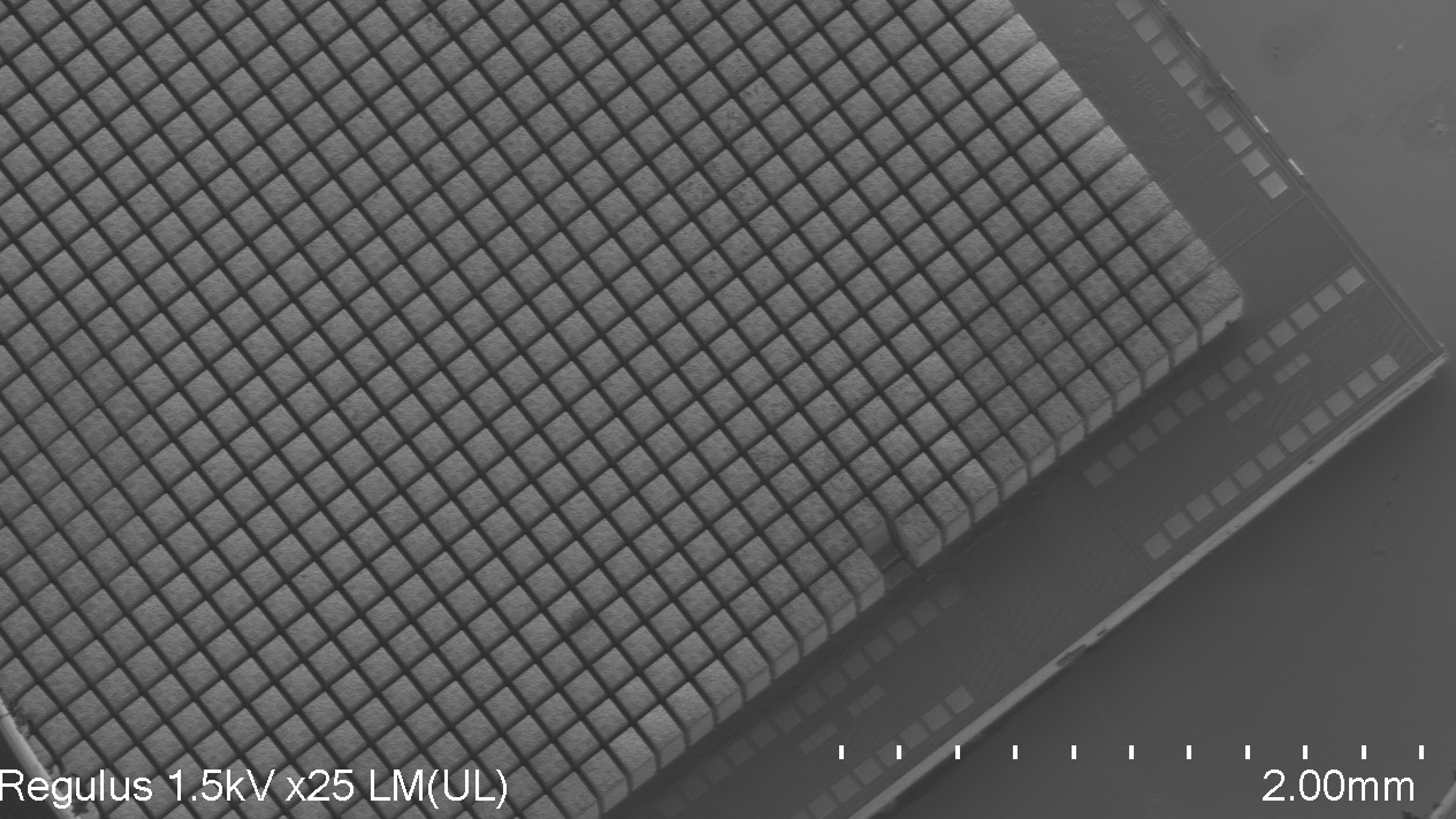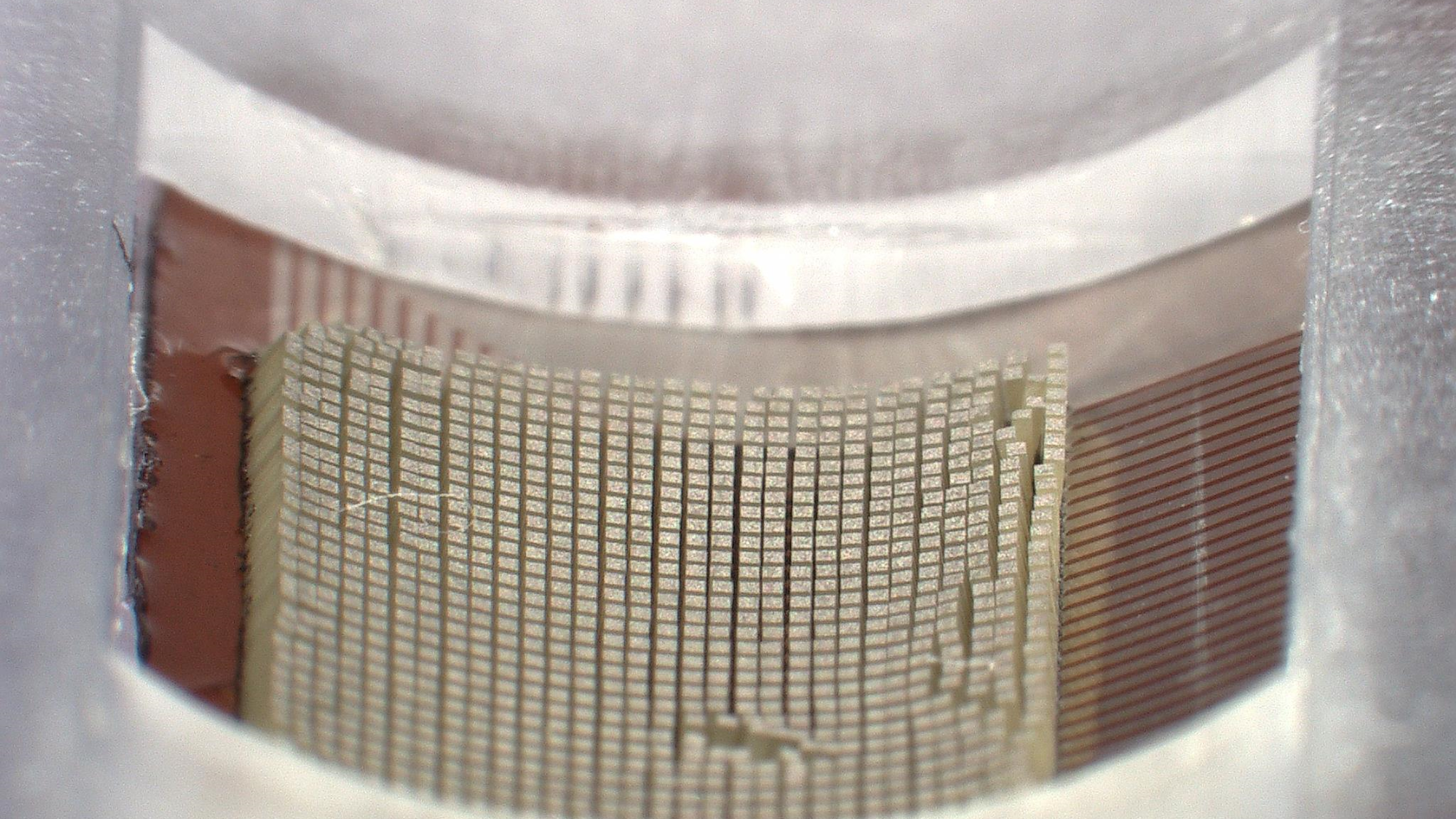Research

Miniaturized, low-power focused ultrasound on ASICs
Therapeutic ultrasound equipment is often bulky, power-hungry, and has limited precision. To address this, We are co-designining application specific integrated circuits (ASICs) and augmenting them with bulk ceramic and single-crystal piezoelectric transducers. We are researching ASIC electronics that implement beam-shaping, power-efficient amplification and transducer bandwidth control for the transmit path. In parallel, we are engineering optimized microfabricated acoustic stacks (e.g., acoustically transparent materials, tunable backing-layers, lenses, and high-performing piezoelectric transducers) to maximize transmitted acoustic efficiency and manage heat. The result are compact, energy-efficient ultrasound transducers suited for in-vitro and small-animal pre-clinical studies—laying the groundwork to scale toward larger apertures and human translation (see our conformal arrays research below).

Conformal large-aperture arrays with curvature compensation
Focused ultrasound (FUS) performance and penetration depth scale with aperture, but rigid packages misalign on soft, moving tissue. We are investigating flexible, large-aperture arrays on soft substrates and pair them with in situ calibration algorithms and electronics/ASICs. Part of this involves discovering new methods for phase/amplitude correction— to compensate curvature and motion, restoring wavefront coherence and intensity at depth. The result is body-conforming transducers that preserve steerability and resolution while keeping power low—enabling long-wear wearable/implantable use in large-animal studies and human translation.

Reconfigurable 4D acoustic holography
The typical focused-ultrasound beam is an ellipsoidal volume, yet therapeutic targets rarely are. We are discovering new methods to implement reconfigurable spatial acoustic modulators with high-throughput on-chip control to synthesize complex pressure fields at high frame rates—4D acoustic holography. We are pursuing physics-aware optimizations that can map the desired volumetric shapes, for which spatial acoustic modulator structures can be microfabricated. This allow us to generate multi-spot and volumetric fields with optimized matching between acoustic fields and anatomy, while adapting to motion in real time. This enables target-specific, personalized therapies with precise dose delivery and low power consumption, aligned with our miniaturized wearable/implantable vision.
